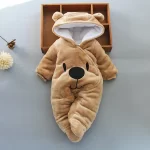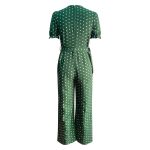When it comes to bold, expressive clothing with deep cultural roots, western tops stand out as a timeless favorite. These shirts and blouses combine rugged functionality with eye-catching design, making them ideal for both casual wear and themed events. Originally developed for cowboys and ranch workers in the American West, modern western tops have evolved into versatile fashion pieces worn far beyond the rodeo arena. Today, they are embraced by people who love vintage aesthetics, country music fans, and those seeking standout style. From snap-button fronts to intricate embroidery, western tops feature details that celebrate craftsmanship and heritage.
They come in a wide range of fabrics, colors, and fits, allowing wearers to express individuality while staying comfortable. Whether paired with jeans for a weekend look or dressed up with boots and a hat for a concert, these tops deliver undeniable flair. In this article, we’ll explore the history, key features, styling tips, fabric choices, and where to buy the best western tops. You’ll also learn how to care for them and why they remain popular across generations.
In This Article
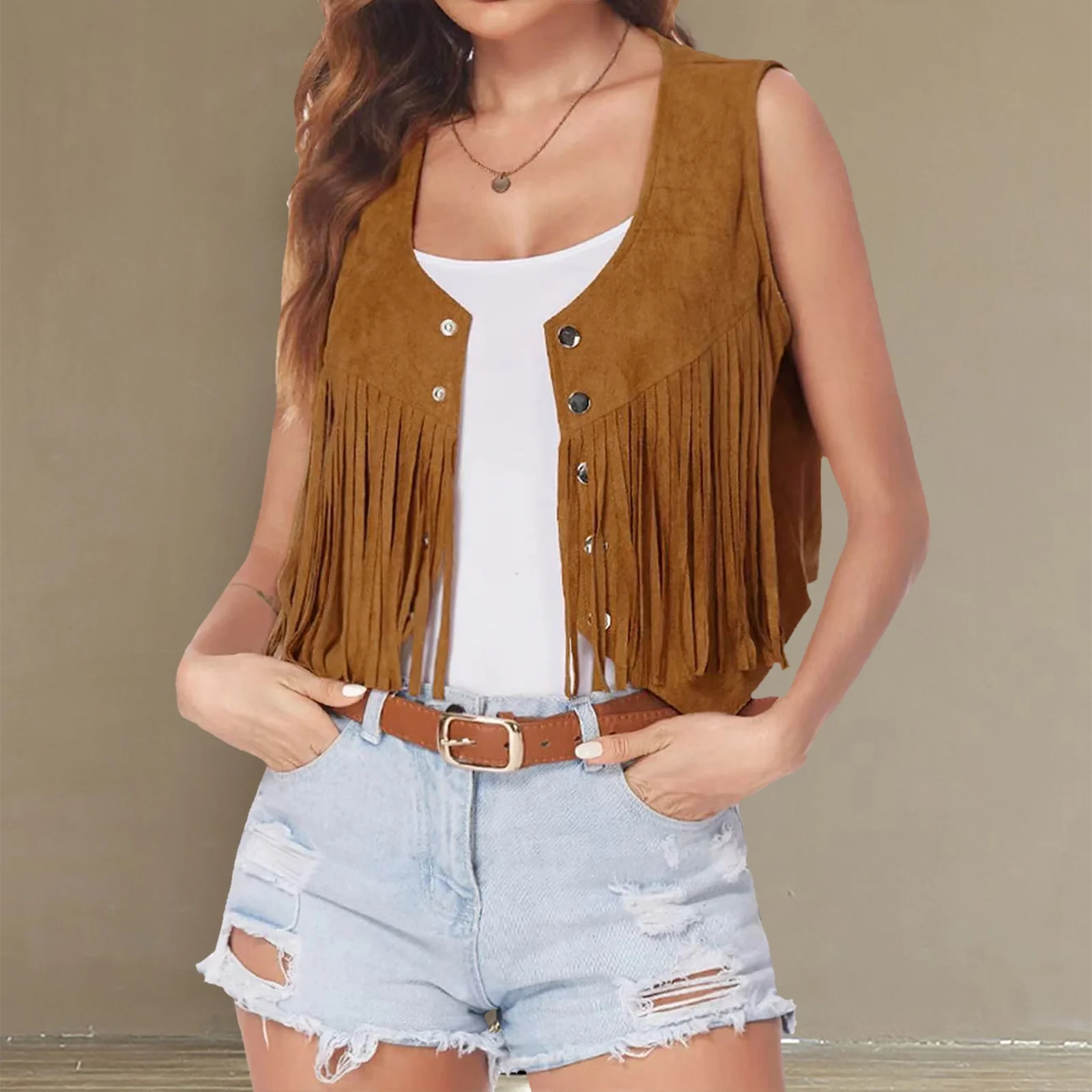 The History and Evolution
The History and Evolution
Western tops trace their origins back to the 19th century, when working cowboys needed durable, practical clothing. Early versions were simple work shirts made from cotton or wool. They had long sleeves for sun and brush protection. However, as cattle drives and rodeos grew in popularity, so did the desire for more distinctive attire.
By the early 20th century, Mexican vaqueros influenced American designs. Their ornate garments introduced decorative stitching and bold patterns. Rodeo performers began wearing flashy shirts to attract attention. This marked the shift from pure function to fashion-forward utility.
Hollywood played a major role in popularizing western tops. Actors like Gene Autry and Roy Rogers wore elaborately embroidered shirts on screen. Fans wanted to emulate their heroes. As a result, mass production of western-style shirts began in the 1940s and 1950s.
Nudie Cohn, a Ukrainian-born tailor, became known as the “Rhinestone Cowboy” designer. He created dazzling western tops for stars like Elvis Presley and Johnny Cash. His use of sequins, fringe, and floral embroidery set new standards for showmanship.
Over time, the style spread beyond country musicians. Rockabilly, punk, and indie artists adopted modified versions. The rebellious spirit of the Wild West resonated across subcultures.
Today’s western tops blend classic elements with contemporary trends. Designers experiment with sustainable fabrics, gender-neutral cuts, and minimalist details. Yet, the core identity remains intact—bold, confident, and rooted in tradition.
This evolution shows how functional workwear can become iconic fashion. Western tops are no longer just for cowboys—they’re for anyone who values character and style.
Key Design Features That Define Western Tops
Several signature elements make western tops instantly recognizable. Each detail serves both aesthetic and practical purposes.
Snap buttons are one of the most defining traits. Unlike regular buttons, snaps fasten quickly and resist popping open during movement. This makes them ideal for riding, dancing, or active wear. They also give the shirt a clean, streamlined look.
Pointed yokes appear on the chest and back. These fabric overlays add structure and reduce stretching. Yokes often feature embroidery, lace inserts, or contrasting materials. They enhance visual interest without adding bulk.
Front and back pleats allow extra room for motion. They expand when raising arms or reaching forward. This improves comfort during physical activity. Some styles include basket weaves or honeycomb textures in the fabric for added stretch.
Collars vary widely. Classic points resemble banded styles seen in old Western films. Others mimic traditional dress shirts. Snaps often secure the collar tips to keep them in place.
Pockets are typically small and squared. They sit high on the chest. Many include flaps with snaps or decorative stitching. While not designed for storage, they contribute to the overall symmetry.
Embroidery is a hallmark of premium western tops. Common motifs include horses, cacti, roses, bull skulls, and southwestern geometric patterns. Thread colors contrast sharply with the base fabric for maximum impact.
Fringe adds movement and flair. It hangs from shoulders, pockets, or sleeves. When the wearer walks or dances, fringe sways naturally. It’s especially popular in performance-oriented designs.
Contrasting piping outlines seams and edges. This detail frames the body and highlights craftsmanship. Piping may match embroidery or introduce a bold accent color.
Together, these features create a distinct silhouette. No other shirt type combines such rich detailing with everyday usability.
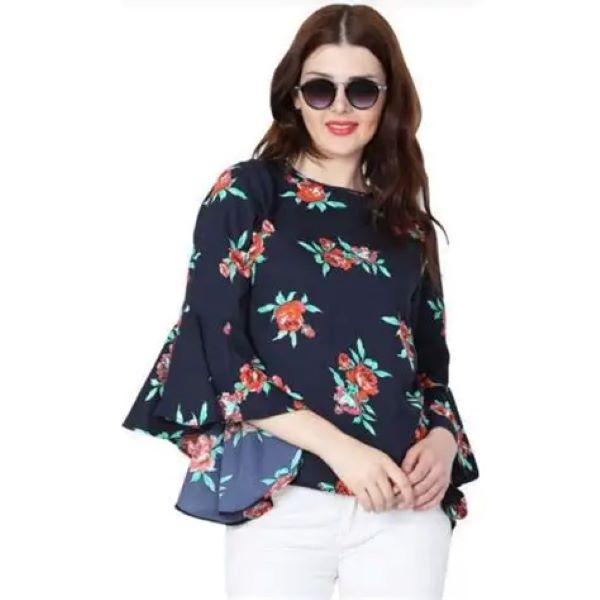 Popular Types
Popular Types
Western tops come in many styles, each suited to different settings and preferences.
Classic western shirts are the most common. They feature snap closures, yokes, and embroidery. Worn with jeans and boots, they create an authentic cowboy look. Available in solid colors or bold prints, they suit daily wear.
Denim western tops offer a rugged twist. Made from medium or light-weight denim, they resemble jackets but fit like shirts. Some include patch pockets and contrast stitching. These are perfect for cooler weather or layered outfits.
Lace-up western blouses provide a feminine touch. Instead of snaps, they have lacing at the neckline or sides. Sheer panels, ruffled hems, and floral embroidery enhance softness. Ideal for concerts or date nights.
Twill western shirts are durable and wrinkle-resistant. Twill weave gives the fabric a diagonal texture. It resists fading and holds shape well. Ranch workers and outdoor enthusiasts prefer this material.
Flannel western tops excel in fall and winter. Soft brushed cotton traps heat while remaining breathable. Plaid patterns in red, black, or buffalo check add rustic charm. Wear them open over a T-shirt or buttoned up for warmth.
Mesh-backed western shirts improve airflow. Ventilated panels under the arms or along the back prevent overheating. Great for summer festivals or daytime events.
Performance western tops use technical fabrics. Moisture-wicking blends keep you dry during dancing or riding. UV protection and odor control make them practical for extended wear.
Oversized western shirts serve as statement pieces. Dropped shoulders and longer lengths create a relaxed silhouette. Layer them over dresses or pair with shorts for a modern edge.
No matter your lifestyle, there’s a western top that fits. The variety ensures everyone can enjoy the style in their own way.
How to Style Western Tops for Different Looks
One of the biggest strengths of western tops is their versatility. With simple changes, you can shift from casual to formal, rural to urban.
For a classic country look, pair a snap-button western top with blue jeans and leather boots. Add a wide-brimmed hat and belt with a large buckle. Choose earth tones or patriotic colors like red, white, and blue. This outfit works well for barbecues, fairs, or line dancing.
To go edgy, tuck a black western top into ripped black jeans. Combine with combat boots and silver jewelry. A leather jacket completes the rock-inspired vibe. Dark embroidery or studs enhance the bold effect.
For a feminine twist, wear a lace-trimmed western blouse with a midi skirt. Neutral heels and delicate earrings balance the structured top. Soft pastels or white create a romantic feel. This look suits brunches or garden parties.
Layering opens more options. Throw a western top over a plain tank or tee. Leave it unbuttoned for a relaxed appearance. Try contrasting colors—like a red shirt over a black base—for visual pop.
In colder months, wear it under a denim or corduroy jacket. Top with a scarf and ankle boots. Flannel-lined western shirts add extra warmth without bulk.
Office-appropriate styling is possible too. Choose a solid-color western top in navy or gray. Pair with tailored trousers and loafers. Keep embroidery minimal. This smart-casual look honors tradition while staying professional.
Festival fashion embraces bold choices. Pick a brightly colored western top with fringe and mirror work. Match with cutoff shorts and cowboy boots. Accessorize with bandanas and round sunglasses.
Even weddings incorporate western tops. Grooms and guests wear them instead of ties. Brides choose white embroidered versions as reception dresses.
With creativity, western tops adapt to nearly any setting.
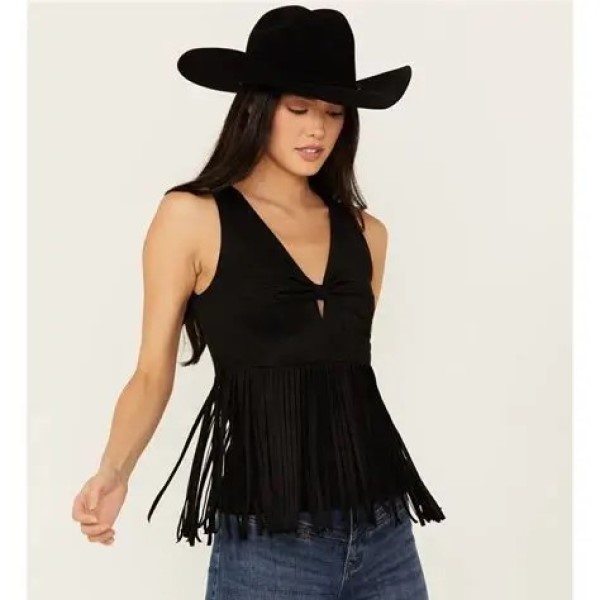 Fabric Choices and Comfort Considerations
Fabric Choices and Comfort Considerations
The material of a western top affects its look, feel, and durability. Choosing the right fabric ensures all-day comfort.
Cotton is the most popular choice. It breathes well and feels soft against the skin. Lightweight cotton works in warm weather. Heavyweight versions hold shape better and resist wrinkles.
Polyester blends increase durability. They resist shrinking and fading after washes. Blends often include spandex for stretch. This improves mobility and fit retention.
Denim provides structure and toughness. Medium-weight denim drapes nicely without stiffness. Washed finishes reduce initial roughness. Pre-shrunk denim prevents unexpected size changes.
Flannel offers warmth and texture. Brushed fibers trap heat efficiently. Ideal for autumn and winter wear. Check for shrinkage ratings before buying.
Silk and rayon bring elegance. These smooth fabrics drape beautifully. Often used in women’s blouses for special events. They require gentle washing and ironing.
Mesh panels improve ventilation. Found in performance styles, they release heat during activity. Mesh does not cover the entire shirt—only strategic zones.
Organic and sustainable fabrics are gaining ground. Brands now offer western tops made from recycled polyester or organic cotton. These eco-friendly options appeal to environmentally conscious buyers.
Moisture-wicking materials benefit active users. Athletes and dancers choose performance blends. These pull sweat away from the body. Odor-resistant treatments extend wear time.
Always check care labels. Some fabrics need hand washing. Others tolerate machine cycles on gentle settings. Air drying preserves elasticity and color.
Fabric choice should match your lifestyle. Active wearers need stretch and breathability. Formal events call for polished textures. Daily users benefit from easy-care blends.
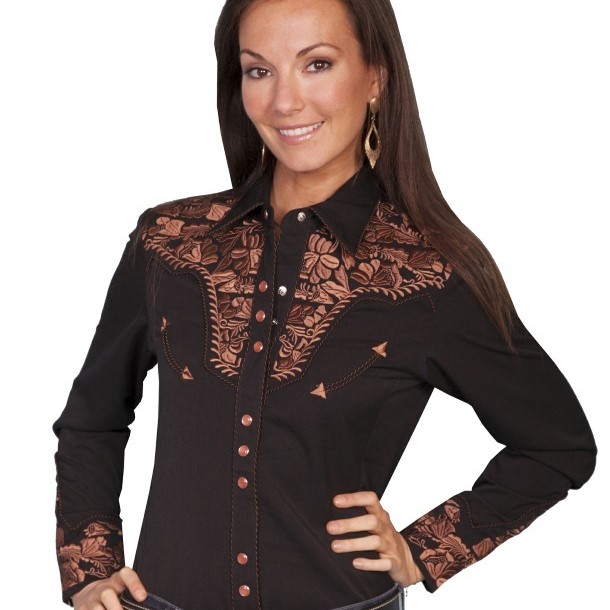 Care and Maintenance Tips for Long-Lasting Wear
Care and Maintenance Tips for Long-Lasting Wear
Proper care keeps western tops looking fresh and vibrant. Follow these steps to extend their life.
First, read the label. It lists washing, drying, and ironing instructions. Ignoring guidelines can lead to shrinkage or damage.
Wash inside out. This protects embroidery and prevents snags. Use cold water and mild detergent. Avoid bleach unless specified.
Choose a gentle cycle. Fast spins and strong agitation wear down fabric. Place the shirt in a mesh laundry bag for extra protection.
Air dry whenever possible. Heat from dryers weakens fibers and fades colors. Hang the top on a padded hanger to maintain shape.
If using a dryer, select low heat. Remove the shirt while slightly damp. This reduces wrinkling and makes ironing easier.
Iron with caution. Use low to medium heat based on fabric type. Place a cloth between the iron and shirt to avoid melting embellishments.
Store properly. Fold embroidered tops to prevent pressure marks. Hang structured ones on wooden hangers. Avoid plastic covers that trap moisture.
Spot clean stains immediately. Blot spills gently. Test cleaning solutions on hidden areas first.
Rotate wear. Letting a shirt rest between uses helps fibers recover. This prevents sagging and prolongs elasticity.
Repair minor issues early. Fix loose snaps or frayed threads before they worsen. Most tailors handle small repairs affordably.
With consistent care, your western tops stay vibrant for years. They remain ready for every adventure.
Frequently Asked Questions
Are western tops only for men?
No, they come in unisex, men’s, and women’s cuts. Styles vary by brand.
Can I wear a western top to work?
Yes, if your office allows casual or creative attire. Choose subtle designs.
Do they shrink after washing?
Some do, especially 100% cotton. Pre-shrunk versions minimize this risk.
How do I know my size?
Check brand-specific charts. Western fits may run larger than standard sizes.
Can I customize my western top?
Yes, many shops offer monogramming or embroidery upgrades.
Are they suitable for hot climates?
Lightweight cotton and mesh-back styles work well in heat.
Where can I buy authentic western tops?
Look for specialty stores, rodeo outfitters, or trusted online retailers.
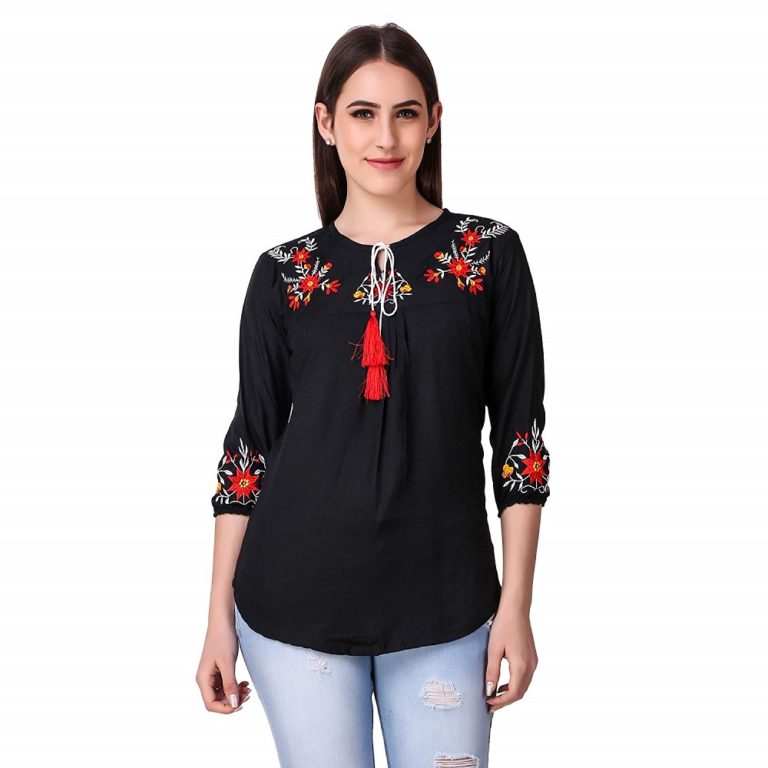 Final Thoughts
Final Thoughts
Western tops continue to capture hearts and wardrobes around the world. Their unique blend of history, craftsmanship, and adaptability makes them more than just clothing—they’re expressions of identity. Whether you’re drawn to tradition, music, or bold fashion, there’s a western top that speaks to you. From ranch hands to city dwellers, fans of all backgrounds embrace this iconic style. And as designers innovate with new fabrics and inclusive sizing, the appeal only grows stronger. If you’ve never tried one, now is the perfect time to explore. The right western top doesn’t just complete an outfit—it defines it. With proper care and creative styling, your collection of western tops can last for years. Ultimately, wearing one is about confidence, culture, and connection to a legacy that rides on.
